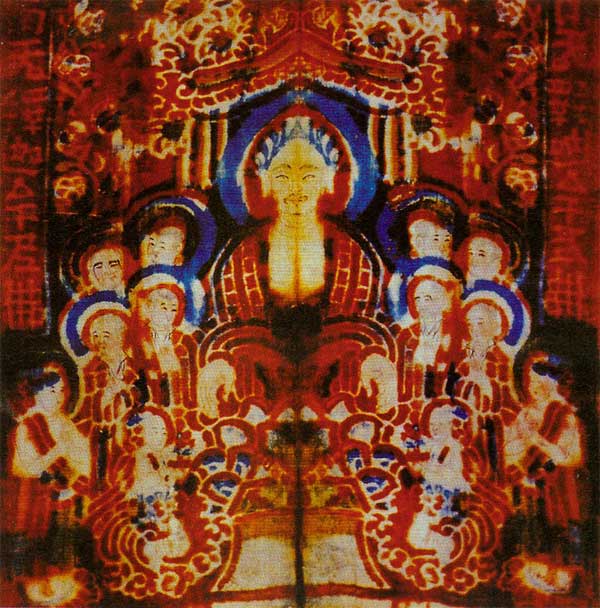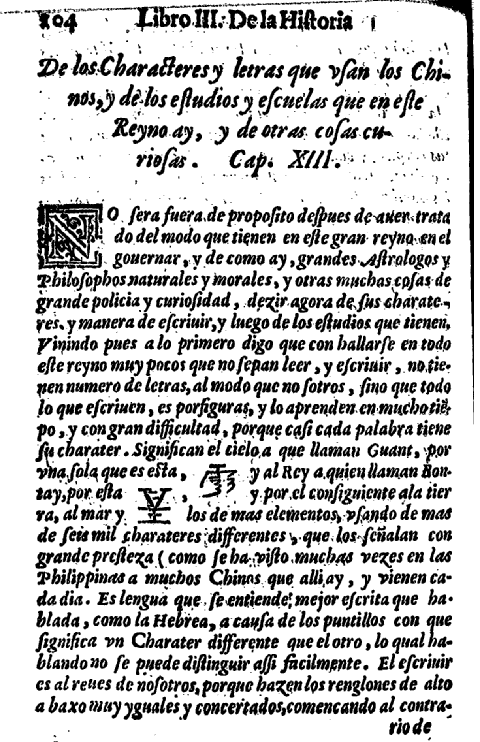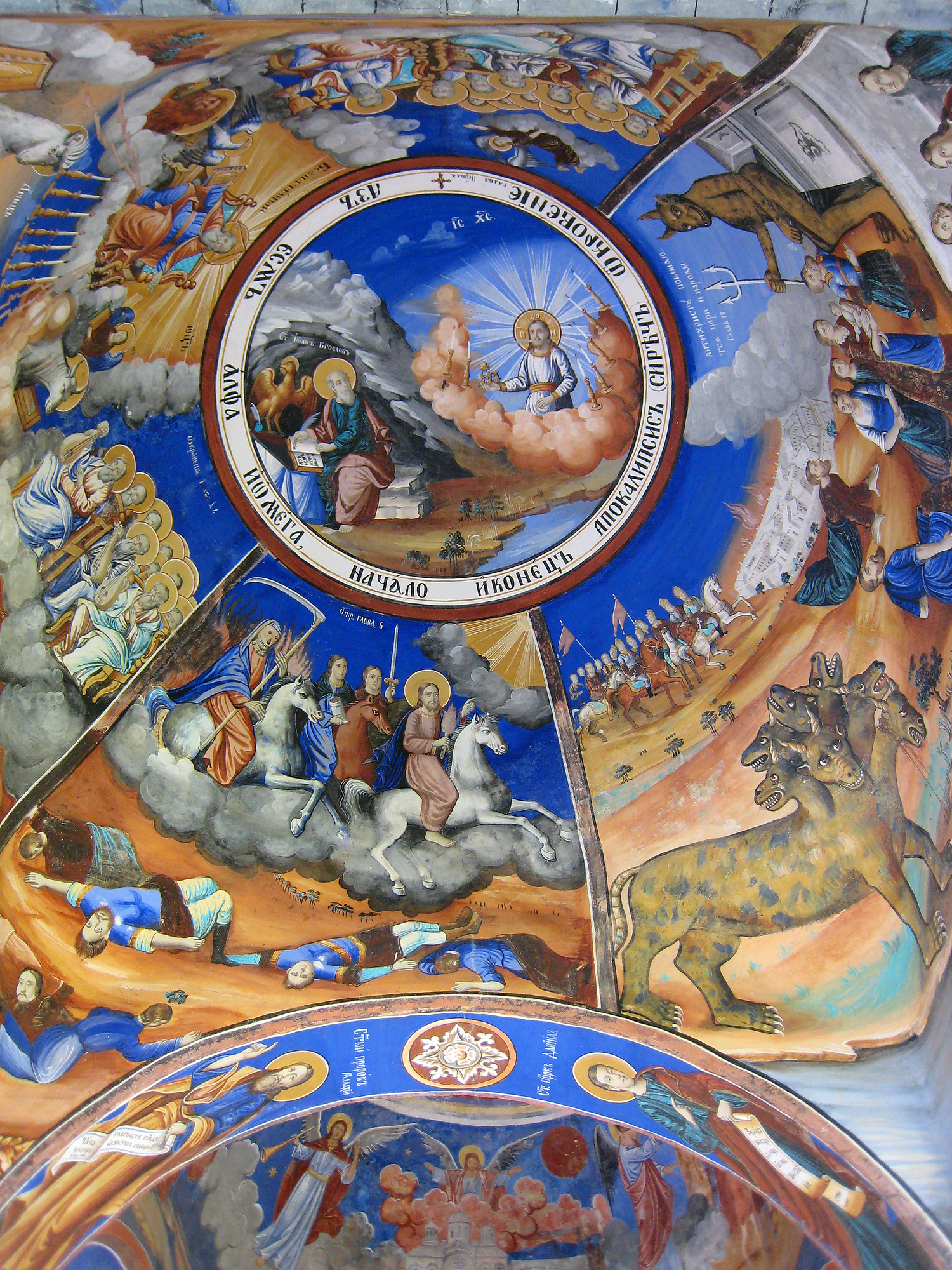|
Block-book
Block books or blockbooks, also called xylographica, are short books of up to 50 leaves, block printed in Europe in the second half of the 15th century as woodcuts with blocks carved to include both text (usually) and illustrations. The content of the books was nearly always religious, aimed at a popular audience, and a few titles were often reprinted in several editions using new woodcuts. Although many had believed that block books preceded Gutenberg's invention of movable type in the first part of the 1450s, it now is accepted that most of the surviving block books were printed in the 1460s or later, and that the earliest surviving examples may date to about 1451. They seem to have functioned as a cheap popular alternative to the typeset book, which was still very expensive at this stage. Single-leaf woodcuts from the preceding decades often included passages of text with prayers, indulgences and other material; the block book was an extension of this form. Block books ... [...More Info...] [...Related Items...] OR: [Wikipedia] [Google] [Baidu] |
Woodblock Printing
Woodblock printing or block printing is a technique for printing text, images or patterns used widely throughout East Asia and originating in China in antiquity as a method of textile printing, printing on textiles and later on paper. Each page or image is created by carving a wooden block to leave only some areas and lines at the original level; it is these that are inked and show in the print, in a relief printing process. Carving the blocks is skilled and laborious work, but a large number of impressions can then be printed. As a Woodblock printing on textiles, method of printing on cloth, the earliest surviving examples from China date to before 220 AD. Woodblock printing existed in Tang China by the 7th century AD and remained the most common East Asian method of printing books and other texts, as well as images, until the 19th century. ''Ukiyo-e'' is the best-known type of moku hanga, Japanese woodblock art print. Most European uses of the technique for printing images on ... [...More Info...] [...Related Items...] OR: [Wikipedia] [Google] [Baidu] |
Block Printing
Woodblock printing or block printing is a technique for printing text, images or patterns used widely throughout East Asia and originating in China in antiquity as a method of printing on textiles and later on paper. Each page or image is created by carving a wooden block to leave only some areas and lines at the original level; it is these that are inked and show in the print, in a relief printing process. Carving the blocks is skilled and laborious work, but a large number of impressions can then be printed. As a method of printing on cloth, the earliest surviving examples from China date to before 220 AD. Woodblock printing existed in Tang China by the 7th century AD and remained the most common East Asian method of printing books and other texts, as well as images, until the 19th century. ''Ukiyo-e'' is the best-known type of Japanese woodblock art print. Most European uses of the technique for printing images on paper are covered by the art term woodcut, except for the ... [...More Info...] [...Related Items...] OR: [Wikipedia] [Google] [Baidu] |
Woodcut
Woodcut is a relief printing technique in printmaking. An artist carves an image into the surface of a block of wood—typically with gouges—leaving the printing parts level with the surface while removing the non-printing parts. Areas that the artist cuts away carry no ink, while characters or images at surface level carry the ink to produce the print. The block is cut along the wood grain (unlike wood engraving, where the block is cut in the end-grain). The surface is covered with ink by rolling over the surface with an ink-covered roller ( brayer), leaving ink upon the flat surface but not in the non-printing areas. Multiple colours can be printed by keying the paper to a frame around the woodblocks (using a different block for each colour). The art of carving the woodcut can be called ''xylography'', but this is rarely used in English for images alone, although that term and ''xylographic'' are used in connection with block books, which are small books containing text ... [...More Info...] [...Related Items...] OR: [Wikipedia] [Google] [Baidu] |
Single-leaf Woodcut
Woodcut is a relief printing technique in printmaking. An artist carves an image into the surface of a block of wood—typically with Chisel#Gouge, gouges—leaving the printing parts level with the surface while removing the non-printing parts. Areas that the artist cuts away carry no ink, while characters or images at surface level carry the ink to produce the print. The block is cut along the wood grain (unlike wood engraving, where the block is cut in the end-grain). The surface is covered with ink by rolling over the surface with an ink-covered roller (brayer), leaving ink upon the flat surface but not in the non-printing areas. Multiple colours can be printed by keying the paper to a frame around the woodblocks (using a different block for each colour). The art of carving the woodcut can be called ''xylography'', but this is rarely used in English for images alone, although that term and ''xylographic'' are used in connection with block books, which are small books contain ... [...More Info...] [...Related Items...] OR: [Wikipedia] [Google] [Baidu] |
British Museum Quarterly
The ''British Museum Quarterly'' was a peer-reviewed academic journal published by the British Museum. It described recent acquisitions and research concerning the museum's collections and was published from 1926 to 1973. It is available electronically from JSTOR. ReferencesBritish Museum Quarterly - JSTOR {{Authority control Visual art journals Academic journals established in 1926 Publications disestablished in 1973 English-language journals Defunct journals of the United Kingdom Quarterly journals 1926 establishments in the United Kingdom 1973 disestablishments in the United Kingdom Quarterly A magazine is a periodical literature, periodical publication, print or digital, produced on a regular schedule, that contains any of a variety of subject-oriented textual and visual content (media), content forms. Magazines are generally fin ... Academic journals published by museums ... [...More Info...] [...Related Items...] OR: [Wikipedia] [Google] [Baidu] |
Juan González De Mendoza
Juan González de Mendoza, O.S.A. (1545 – 14 February 1618) was a Spanish bishop, explorer, sinologist, and writer. He was the author of one of the earliest Western histories of China. Published by him in 1585, ''Historia de las cosas más notables, ritos y costumbres del gran reyno de la China'' (''The History of the Great and Mighty Kingdom of China and the Situation Thereof'') is an account of observations of several Spanish travelers in China. An English translation by Robert Parke appeared in 1588 and was reprinted by the Hakluyt Society in two volumes, edited by Sir George T. Staunton, Bart. (London, 1853–54). González de Mendoza's ''Historia'' was mostly superseded in 1615 by the work of much more informed Jesuit missionaries who actually lived in China, Matteo Ricci and Nicolas Trigault, ''De Christiana expeditione apud Sinas''. Much of González de Mendoza's work was plagiarised from Escalante's ''Discurso de la navegacion'' Biography González de Mendoz ... [...More Info...] [...Related Items...] OR: [Wikipedia] [Google] [Baidu] |
Hind
A hind is a female deer, especially a red deer. Places * Hind (Sasanian province) (262-484) * Al-Hind, a Persian and Arabic name for the Indian subcontinent * Islamic State – Hind Province, claimed province of the IS in India * Hind (crater), a lunar impact crater * 1897 Hind, an asteroid Military * , numerous Royal Navy ships * ''Hind''-class sloop, an 18th century Royal Navy class * Mil Mi-24, a Soviet/Russian helicopter codenamed "Hind" by NATO * Hawker Hind, a Royal Air Force biplane light bomber developed between the two world wars People * Hind (name), a list of people with the given name or surname * Hind (singer), Bahraini singer born Suhair in 1979 * Hind Laroussi (born 1984), stage name Hind, Dutch singer Other uses * ''Hind'' (video game), a helicopter game simulation by Digital Integration * ''Epinephelus ''Epinephelus'' is a genus of marine ray-finned fish, groupers from the subfamily Epinephelinae, part of the family Serranidae, which als ... [...More Info...] [...Related Items...] OR: [Wikipedia] [Google] [Baidu] |
Folio (printing)
The term "folio" () has three interconnected but distinct meanings in the world of books and printing: first, it is a term for a common method of arranging sheets of paper into book form, folding the sheet only once, and a term for a book made in this way; second, it is a general term for a sheet, leaf or page in (especially) manuscripts and old books; and third, it is an approximate term for the size of a book, and for a book of this size. First, a folio (abbreviated fo or 2o) is a book or pamphlet made up of one or more full sheets of paper, on each of which four pages of text are printed, two on each side; each sheet is then folded once to produce two leaves. Each leaf of a folio book thus is one half the size of the original sheet. Ordinarily, additional printed folio sheets would be inserted inside one another to form a group or "gathering" of leaves prior to binding the book. Second, folio is used in terms of page numbering for some books and most manuscripts that are b ... [...More Info...] [...Related Items...] OR: [Wikipedia] [Google] [Baidu] |
Carter
Carter(s), or Carter's, Tha Carter, or The Carter(s), may refer to: Geography United States * Carter, Arkansas, an unincorporated community * Carter, Mississippi, an unincorporated community * Carter, Montana, a census-designated place * Carter, Oklahoma, a town * Carter, South Dakota, an unincorporated community * Carter, Texas, a census-designated place * Carter, Forest County, Wisconsin, an unincorporated community * Carter, Iron County, Wisconsin, an unincorporated community * Carter, Wyoming, a census-designated place * Carters, Georgia, an unincorporated community * Carter County (other) * Carter Township (other) Canada * Carter Islands, Nunavut, Canada People and fictional characters * Carter (name), a surname and a given name, including a list of people and fictional characters * Carter, someone whose occupation is transporting goods by cart or wagon Arts and entertainment Music Groups * Carter the Unstoppable Sex Machine, an English ind ... [...More Info...] [...Related Items...] OR: [Wikipedia] [Google] [Baidu] |
Apocalypse
Apocalypse () is a literary genre originating in Judaism in the centuries following the Babylonian exile (597–587 BCE) but persisting in Christianity and Islam. In apocalypse, a supernatural being reveals cosmic mysteries or the future to a human intermediary. The means of mediation include dreams, visions and heavenly journeys, and they typically feature symbolic imagery drawn from the Jewish Bible, cosmological and (pessimistic) historical surveys, the division of time into periods, esoteric numerology, and claims of ecstasy and inspiration. Almost all are written under pseudonyms (false names), claiming as author a venerated hero from previous centuries, as with the Book of Daniel, composed during the 2nd century BCE but bearing the name of the legendary Daniel from the 6th century BCE. Eschatology (from Greek ''eschatos'', last) concerns expectations of the end of the present age. Thus, apocalyptic eschatology is the application of the apocalyptic world-view to the e ... [...More Info...] [...Related Items...] OR: [Wikipedia] [Google] [Baidu] |
Rubrication
Rubrication is the addition of text in red ink to a manuscript for emphasis. Practitioners of rubrication, so-called ''rubricators'' or ''rubrishers'', were specialized scribes who received text from the original scribe. Rubrication was one of several steps in the medieval process of manuscript making. The term comes from the Latin , "to color red", the base word being , "red". The practice began in pharaonic Egypt with scribes emphasizing important text, such as headings, new parts of a narrative, etc., on papyri with red ink. History The practice of rubrication usually entailed the addition of red headings to mark the end of one section of text and the beginning of another. Such headings were sometimes used to introduce the subject of the following section or to declare its purpose and function. Rubrication was used so often in this regard that the term ''rubric'' was commonly used as a generic term for headers of any type or color, though it technically referred only to he ... [...More Info...] [...Related Items...] OR: [Wikipedia] [Google] [Baidu] |
João De Barros
João de Barros (; 1496 – 20 October 1570), nicknamed the "Portuguese Livy", is one of the first great Portuguese historians, most famous for his (''Decades of Asia''), a history of the Portuguese in India, Asia, and southeast Africa. Early years João de Barros was born in Viseu, Portugal around 1496. He was the illegitimate son of Lopo de Barros, a squire in the royal household of Manuel I of Portugal and a holder of various judicial posts. Nothing is known of his mother. At a young age his father died and he was placed into service at the royal household, where he became a page to the heir apparent, Dom João, the future João III of Portugal. Educated in the palace, he composed, at the age of twenty, a romance of chivalry, the ''Chronicle of the Emperor Clarimundo'', in which he is said to have had the assistance of Prince John (later King John III). Upon ascending the throne, King John III awarded Barros the captaincy of the fortress of St George of Elmina, to which ... [...More Info...] [...Related Items...] OR: [Wikipedia] [Google] [Baidu] |





